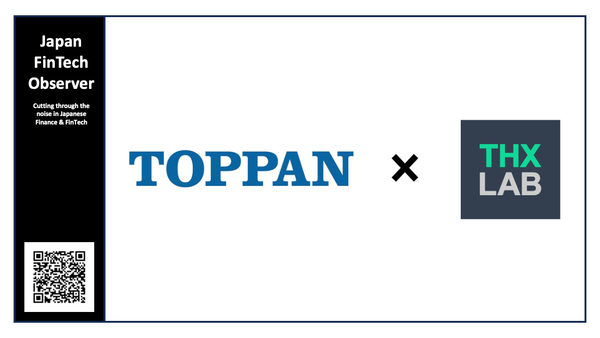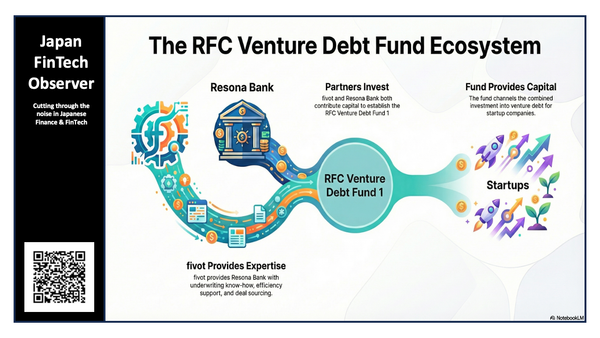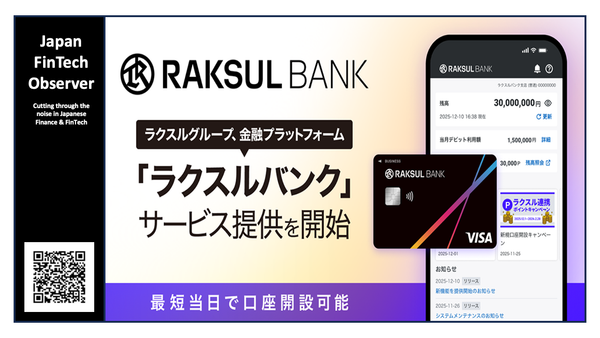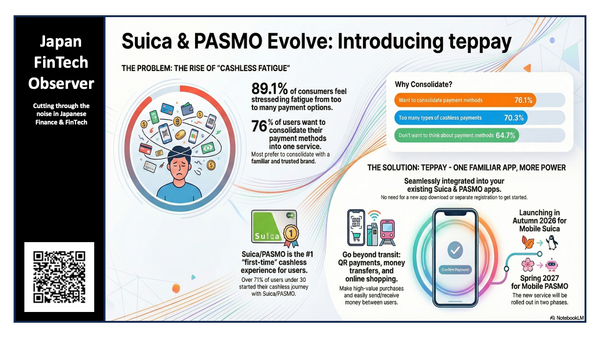Sushi Tech #4 - Stablecoins as the Bridge: Unlocking Web3 for the Masses in Japan and Asia
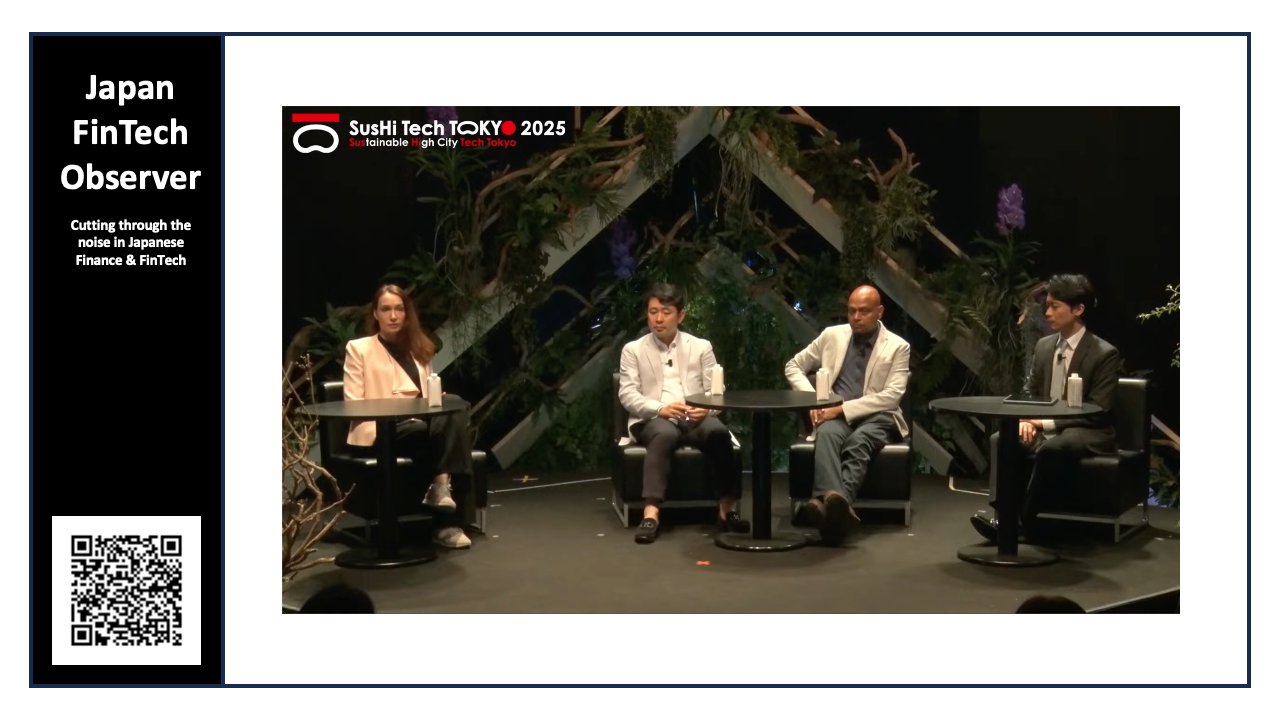
This Sushi Tech panel discussion centered around the stablecoin revolution and its implications for mass adoption in Japan and Asia. The discussion highlighted stablecoins as cryptocurrencies designed to maintain a stable value, often pegged to reliable assets such as the US dollar, to mitigate volatility. The panelists, experts in the crypto and finance fields, shared insights on the current state of stablecoins, regulatory challenges, opportunities for innovation, and the potential for mass adoption in the region.
Panelists
- Takeshi Chino: Binance Japan, General Manager for Japan
- Sandeep Casi: Antler, Partner
- Yusuke Takezawa: Progmat, Chief Strategy Officer
- Una Softic: Intertangible, Managing Director (Moderator)
Una Softic Opening Remarks
- Introduced the concept of stablecoins, highlighting their design to maintain a stable value, usually pegged to a reliable asset (US dollar).
- Emphasized the excitement surrounding the topic and the relevance of the panelists who are actively influencing the market.
- Mentioned the significant recent developments, noting that stablecoin trading volume in 2024 surpassed that of Visa.
- Acknowledged the increasing recognition of stablecoins from traditional finance and various companies worldwide.
Panelist Introductions and Backgrounds
Takeshi Chino (Binance Japan)
- Currently serves as General Manager for Japan at Binance.
- Formerly CEO of Japan operations for Kraken, a cryptocurrency exchange.
- Began career at the Tokyo Stock Exchange, spending approximately 10 years there.
- Experience centered around post-financial crisis initiatives, including setting up clearing houses for non-transparent derivative transactions.
- Goal is to build a more digital financial ecosystem in Japan with Binance.
Sandeep Casi (Antler)
- Brings a multidisciplinary perspective to stablecoins.
- Started in the automotive industry at Ford and General Motors, focusing on material science.
- Worked in the movie industry for George Lucas on 29 films, highlighting the deep technologies behind the creative aspects.
- Transitioned to the BBC in broadcasting, eventually joining Fujifilm in Japan.
- Interested in interoperability and the opportunity to address challenges in currency exchange through stablecoins.
- Investing in startups that can enable industry growth and leverage stablecoins to create a mainstream asset class.
Yusuke Takezawa (Progmat)
- Has a background in the traditional banking sector, starting career at Sumitomo Mitsui Banking Corporation (SMBC).
- Worked at Boston Consulting Group for five years, focusing on the financial and public sectors.
- Joined Progmat, a tokenization platform for Japanese key players, in 2025.
- Progmat, established one and a half years ago, develops two types of systems: an issuing system for stablecoins regulated under Japanese regulations, and leading a project with SWIFT called Project Pax for a global settlement platform using stablecoins.
Evolution and Current State of Stablecoins
Takeshi Chino explained that Japan lacked a clear regulatory framework for stablecoins until recently.
- People couldn't use stablecoins when buying cryptocurrencies.
- The government established a regulatory framework, leading to the development of stablecoins.
- SBI is exploring USDC (USD-pegged stablecoin issued by Circle).
- Binance is working with Progmat to issue JPY and non-JPY stablecoins to provide more efficient trading activities for users.
- Stablecoins are a dominant practice outside Japan.
- Stablecoin trading pairs bring the most liquidity and trading volume.
- Recent moves by the Japan Financial Service Agency and the Japanese government aim to bring more reliable and transparent regulatory framework.
Regulatory Frameworks and Challenges
- Regulatory frameworks are essential for ensuring stability and transparency in the stablecoin market.
- Takeshi Chino mentioned that Japan is working to have clear regulations and guidelines for issuing stablecoins to avoid confusion.
- The government and regulators aim to explain the "dos and don'ts" clearly to reduce the chances of sudden regulatory shocks.
- Clear guidelines provide predictability and stability for business operators in the country.
Collaboration with Regulators
- Collaboration with regulators is vital for developing new frameworks or businesses.
- Communication with regulators provides insight into business potential and future opportunities.
- Regulators need such information to determine what is suitable for their market players.
- It's essential for regulators to have the right information.
- Yusuke Takezawa mentioned that Japan established a legal framework for stablecoins, and other countries like the EU, Hong Kong, and Abu Dhabi are catching up.
- Key players in each market must communicate with regulators, not limiting it to a specific market or country.
Interoperability of Stablecoins
- Interoperability of stablecoins is important for facilitating global transactions and mainstream use.
- The panelists stressed that stablecoins shouldn't be confined to a single country and needs to enable broader cross-border functionality.
- Stablecoins should be used for global transactions to provide real benefits to users.
Opportunities for Startups and Investments
- Stablecoins have the potential to democratize how startups launch in the crypto space.
- Venture capital firms are more confident in investing in Web3 companies due to the increased stability provided by stablecoins.
- Sandeep Casi said that Antler invests in 400 companies a year and have 12,000 entrepreneurs.
- He suggested that it would be great to see a manga IP bank exposed to their founders to create businesses.
Practical Approaches and Use Cases
Yusuke Takezawa (Progmat) said that there have been many projects. Now there are also more efforts to integrate.
- Japanese regulations use a trust scheme to secure stablecoins by trust banks.
- Progmat is creating a settlement platform with SWIFT and commercial banks to make stablecoin cross-border remittances.
- Focusing on collaboration with traditional Japanese trading companies as they have strong demand for cross-border transactions.
- Stablecoins could streamline the process of payments between the various correspondent banks to reduce the cost.
- There is great retail. Transaction possibilities using the collaboration with payment service providers.
Future Trends and Challenges
- The role of AI in stablecoins was discussed as well.
- Sandeep Casi stated that AI could be trained to detect scans and protect peer to peer transfers.
- LLM could figure out different things.
- In regards to mass-adoption it was stated that there should be big partnerships.
- Takeshi Chino said that for example it would help if Toyota and JR start to accept the stablecoin tech.
Role of Existing Players
- Existing platforms, such as banking systems, can integrate new technologies, but the challenge is to balance innovation with sunk costs.
- Existing players accepting new technology can help users adapt to changes smoothly.
Importance of Education and Security
- Users should know how to be safe with the payments.
- Binance is doing this using the Binance Academy.
- Business providers should upgrade their security level to ensure safety to the users.
Mechanism of Stability
- The panel emphasized that people can't trust a system.
- When a vegetable vendor starts to accept stablecoin the system has mass adaption.
Conclusion
The panel discussion highlighted the transformative potential of stablecoins in Japan and Asia. The panelists emphasized the need for clear regulations, interoperability, collaboration, and education to drive mass adoption. While technical and regulatory challenges exist, the opportunities for innovation and economic growth are significant. Stablecoins have the potential to streamline transactions, democratize access to financial services, and foster new business models.

